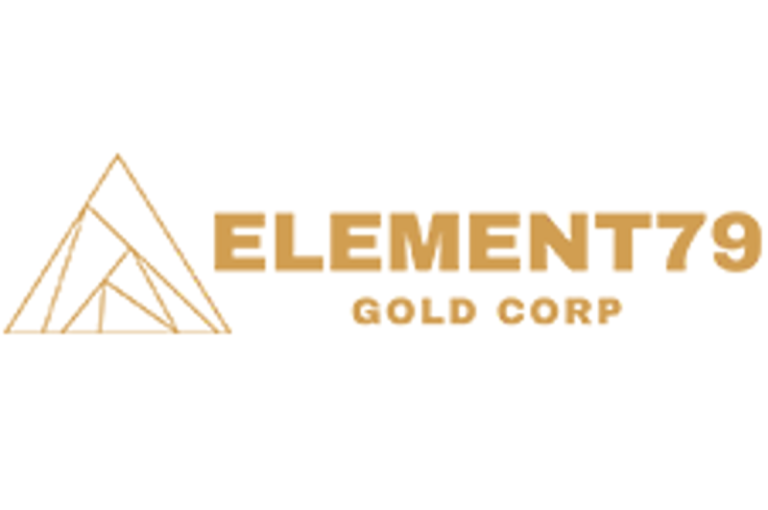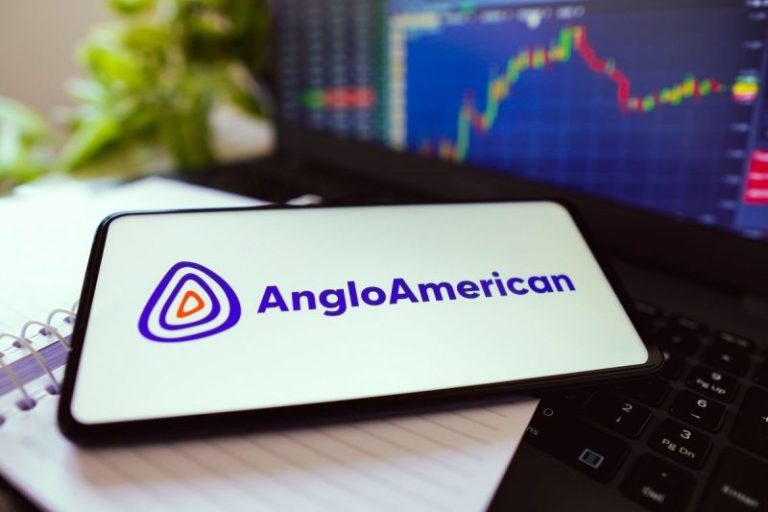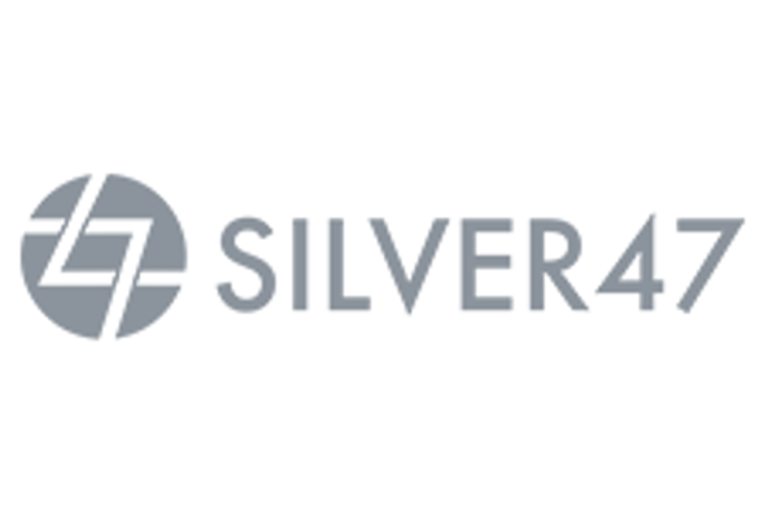House Oversight Committee Chair James Comer, R-Ky., is investigating whether former President Joe Biden’s closest aides worked to conceal evidence of mental decline in the octogenarian Democrat during his White House term, and whether an autopen was used for executive decisions without his knowledge.
Biden himself asserted to the New York Times that he ‘made every decision’ regarding autopen pardons specifically, and his allies have dismissed the GOP-led probe as a partisan show.
Several ex-senior White House officials are due in the coming weeks, including former press secretary Karine Jean-Pierre and ex-White House chief of staff Jeff Zeints.
But Comer’s staff have also met with a number of people so far – some who have said very little, while others have given no information at all.
Below are the eight people who have sat down with House investigators so far:
Neera Tanden
Former White House staff secretary Neera Tanden appeared for a voluntary interview on June 24.
A source familiar with Tanden’s interview said she described having ‘minimal interaction’ with Biden during her sit-down with investigators.
Tanden also said she would submit requests for autopen signatures to members of Biden’s team, but was not aware of what actions or approvals occurred between the time she sent the memo and the time she received it back with the president’s approval, the source said.
Tanden’s lawyer told Fox News at the time that she ‘consistently followed a protocol’ that was used by both Republican and Democratic administrations in the past.
‘That same protocol existed in the Clinton and Obama administrations, which Ms. Tanden learned in discussions with previous staff secretaries from those administrations. She further understood and believed that the same process was followed in the Trump 1 and Bush administrations,’ the lawyer said.
Tanden had been tapped to lead the Office of Management and Budget (OMB) early in Biden’s term, but she withdrew after bipartisan pushback in the Senate.
Kevin O’Connor
Former White House physician Kevin O’Connor was the second ex-Biden administration official to appear when he came in on July 9, and the first to appear under subpoena.
Before serving as White House doctor, however, O’Connor was known to be a close associate of the Biden family for years.
Investigators were hoping to learn whether O’Connor knowingly obscured signs of advanced aging or loss of mental acuity in Biden. He notably met with a Parkinson’s Disease expert at the White House at one point, according to the New York Times – though the revelations were downplayed by the White House at the time.
O’Connor’s lawyers had attempted to delay his scheduled deposition date over concerns that the scope of the committee’s investigation would violate doctor-patient confidentiality.
He ultimately did appear when Comer rejected his delay request, but O’Connor was in and out of the committee room in less than an hour after pleading the Fifth Amendment to all questions, save for his name.
Ashley Williams
Ashley Williams is a longtime Biden advisor who still works for the former president, according to her LinkedIn. She appeared for a voluntary transcribed interview on July 11.
The close Biden ally’s time with him goes back to assisting then-second lady Jill Biden during the Obama administration, according to a 2019 profile of Biden staffers.
She served as his trip director for the 2020 campaign before being hired to the White House as deputy director of Oval Office Operations and a special assistant to the president.
Williams repeatedly told committee staff during her sit-down that she did not ‘recall’ various things ‘an untold number of times,’ but that she believed Biden was fit to be president today, a source told Fox News Digital.
‘Examples include she could not recall if she spoke with President Biden in the last week, if teleprompters were used for Cabinet meetings, if there were discussions about President Biden using a wheelchair, if there were discussions about a cognitive test, if she discussed a mental or physical decline of President Biden, if she ever had to wake President Biden up and how she got involved with his 2020 campaign,’ the source said.
Anthony Bernal
Anthony Bernal, who was nicknamed Jill Biden’s ‘work husband’ for their close relationship, was the second person subpoenaed to appear.
Like O’Connor, Bernal’s July 16 deposition lasted less than an hour after he pleaded the Fifth Amendment to investigators.
Bernal served as former Assistant to the President and Senior Advisor to the First Lady. He also still appears to work for the Bidens, according to LinkedIn, which says he works for Jill Biden specifically.
‘During his deposition today, Mr. Bernal pleaded the Fifth when asked if any unelected official or family members executed the duties of the President and if Joe Biden ever instructed him to lie about his health,’ Comer said in a statement after Bernal’s deposition.
Annie Tomasini
Former Special Assistant to the President and Deputy Director of Oval Office Operations Annie Tomasini had been scheduled to appear for a transcribed interview, before her counsel requested a subpoena from Comer shortly before her July 18 appearance.
Tomasini followed O’Connor and Bernal’s lead in pleading the Fifth Amendment, which people coming in voluntarily cannot do.
‘During her deposition today, Ms. Tomasini pleaded the Fifth when asked if Joe Biden, a member of his family, or anyone at the White House instructed her to lie regarding his health at any time,’ Comer said in a statement after her deposition.
‘She also pleaded the Fifth when asked if she ever advised President Biden on the handling of classified documents found in his garage, if President Biden or anyone in the White House instructed her to conceal or destroy classified material found at President Biden’s home or office, and if she ever conspired with anyone in the White House to hide information regarding the Biden family’s ‘business’ dealings.’
She first worked for Biden as a press secretary when he chaired the Senate Foreign Relations Committee as a U.S. senator from Delaware.
Ron Klain
Ron Klain served as Biden’s chief of staff for the first two years of his White House term and played a key role in preparing him for his disastrous 2024 presidential debate against former President Donald Trump.
Klain told investigators that he believed Biden’s memory got worse over time, but he still had the ability to govern, a source familiar with his interview told Fox News Digital.
The source said Klain also claimed to have heard concerns about Biden’s political viability from both former Secretary of State Hillary Clinton and Biden’s own national security advisor, Jake Sullivan, by 2024, though it’s not clear if those concerns are tied to his mental acuity nor that they spoke to Klain together.
A spokesperson for Sullivan vehemently denied the account.
Klain also told investigators that Biden appeared tired and ill before the 2024 debate, the source said.
In a letter requesting his appearance, Comer quoted Klain as cutting Biden’s debate prep short last year, ‘due to the president’s fatigue and lack of familiarity with the subject matter,’ adding that Biden ‘didn’t really understand what his argument was on inflation,’ citing a POLITICO report from earlier this year.
Steve Ricchetti
Former counselor to the president Steve Ricchetti sat down with House investigators earlier this week on voluntary terms.
Unlike the vast majority of others before him, who did not acknowledge media gathered outside the committee room, Ricchetti told Fox News’ Chad Pergram that ‘of course’ Biden was up to the job of president.
Ricchetti’s interview was also the longest by far – running roughly eight hours on Wednesday.
A source familiar with Ricchetti’s sitdown described him as ‘combative and defensive’ during exchanges with House Oversight staff.
Ricchetti asserted he had personal relationships with Jill Biden and Hunter Biden in addition to the former president, the source said.
His own family had relationships with the Biden administration as well – three of his four children worked in the Treasury, State Department and in the White House.
The longtime Democratic operative and lobbyist was one of two longtime trusted aides reportedly with Biden in Rehoboth Beach, Delaware, when he drafted his bombshell letter announcing he was dropping out of the 2024 presidential race.
Mike Donilon
Former senior advisor to the president Mike Donilon is the latest member of Biden’s inner circle to appear before House investigators, sitting down with them voluntarily on Thursday for roughly five hours.
Donilon first began working for Biden in 1981 as a pollster when Biden was the junior U.S. senator from Delaware.
Alongside Ricchetti, he was one of two Biden aides who were present when he drafted his announcement dropping out of the 2024 presidential race.
Donilon told investigators he received $4 million to work for Biden’s 2024 re-election campaign and would have gotten $4 million more if Biden had won, a source told Fox News Digital.
He staunchly defended Biden during his interview, the source said, accusing Democrats of overreacting in the wake of Biden’s debate.
Donilon told investigators Biden is ‘a leader who was deeply engaged and in command on critical issues,’ according to his opening statement obtained by Fox News Digital.
‘Every president ages over the four years of a presidency and President Biden did as well, but he also continued to grow stronger and wiser as a leader as a result of being tested by some of the most difficult challenges any president has ever faced,’ Donilon said.
Fox News Digital’s Deirdre Heavey contributed to this report.










